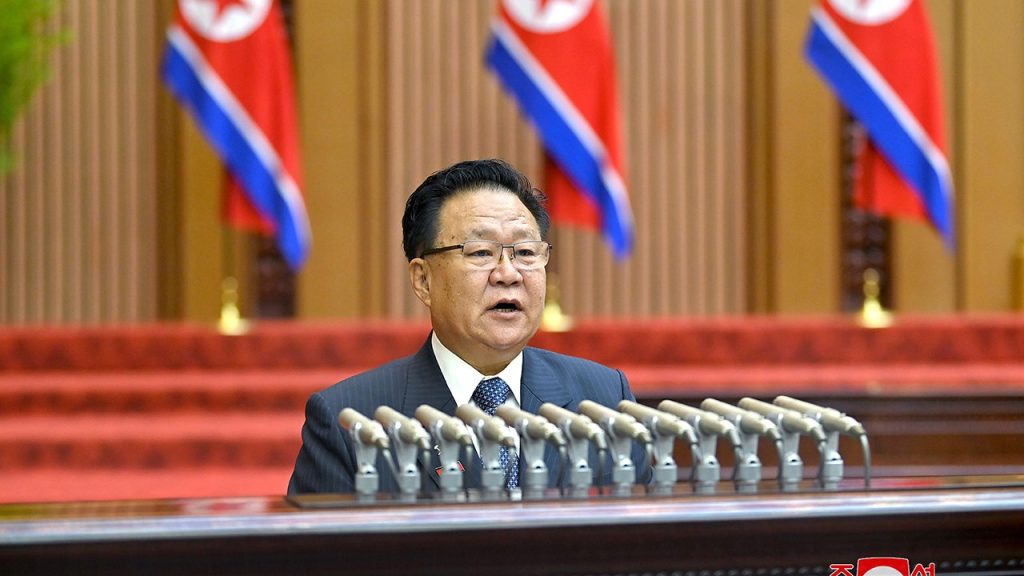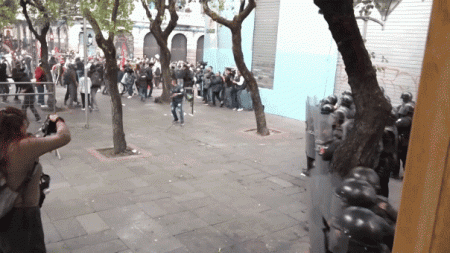North Korea announced on Wednesday its plans to permanently block its border with South Korea and build defense structures in response to what it called “confrontational hysteria” from South Korean and U.S. forces. Despite this announcement, the expected constitutional revision to formally designate South Korea as its principal enemy and codify new national borders was not confirmed. The North Korean military stated that these actions were self-defensive measures to prevent war and ensure the security of the country, citing various war exercises in South Korea and the deployment of U.S. strategic assets as reasons for their heightened defenses.
South Korea’s military responded by stating that it would not tolerate any attempts by North Korea to change the current status quo. They warned that they would “overwhelmingly punish” North Korea if provocations were launched, highlighting the threat posed by North Korea’s nuclear and missile programs to peace on the Korean Peninsula. South Korean officials revealed that North Korea had been strengthening its front-line security by adding anti-tank barriers and reinforcing roads on its side of the border since April as part of efforts to prevent defections to South Korea. The North had also been removing ties on the northern side of cross-border railways and planting mines along the border.
The Supreme People’s Assembly in North Korea met to amend the legal ages of North Koreans for working and participating in elections, but it did not address Kim Jong Un’s order in January for a constitutional revision. This revision was expected to remove the goal of peaceful Korean unification, designate South Korea as the country’s “invariable principal enemy,” and define the North’s sovereign territorial sphere. There was speculation regarding whether North Korea would make new legal claims on waters currently controlled by South Korea off their west coast, given the history of naval skirmishes and attacks in the area.
Experts have differing opinions on why the constitutional revision was not announced, with some suggesting a delay while others speculate that it was done quietly due to sensitivity. Kim Jong Un’s order was seen as a departure from his predecessors’ efforts to achieve a unified Korea on North Korea’s terms. Experts believe that Kim may be seeking to diminish South Korea’s influence in the regional nuclear standoff, engage directly with the U.S., and strengthen his rule internally. Tensions on the Korean Peninsula have escalated, with North Korea conducting provocative weapons tests and South Korea and the U.S. expanding their military drills.
North Korea recently tested a long-range artillery system that poses a direct threat to Seoul, the South Korean capital located just an hour’s drive from the border. The situation remains volatile, with uncertainties surrounding North Korea’s intentions and the potential impact of its recent defensive measures on relations with South Korea. As both sides navigate these challenges, the global community continues to monitor developments on the Korean Peninsula closely in the hope of stability and peace in the region.













